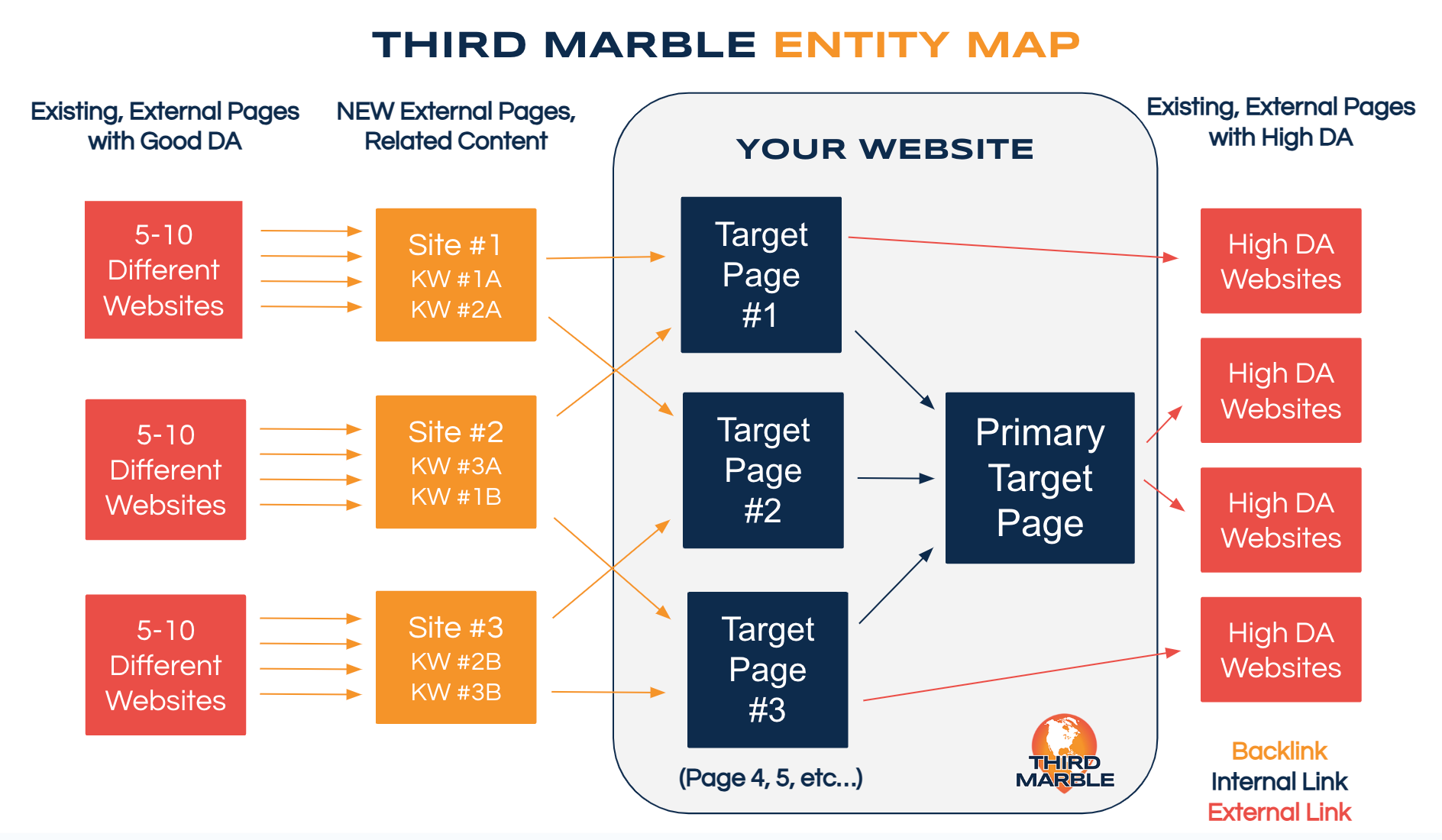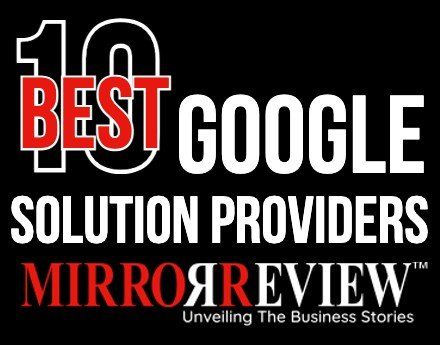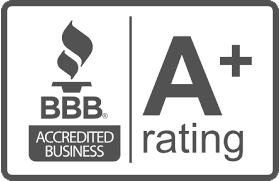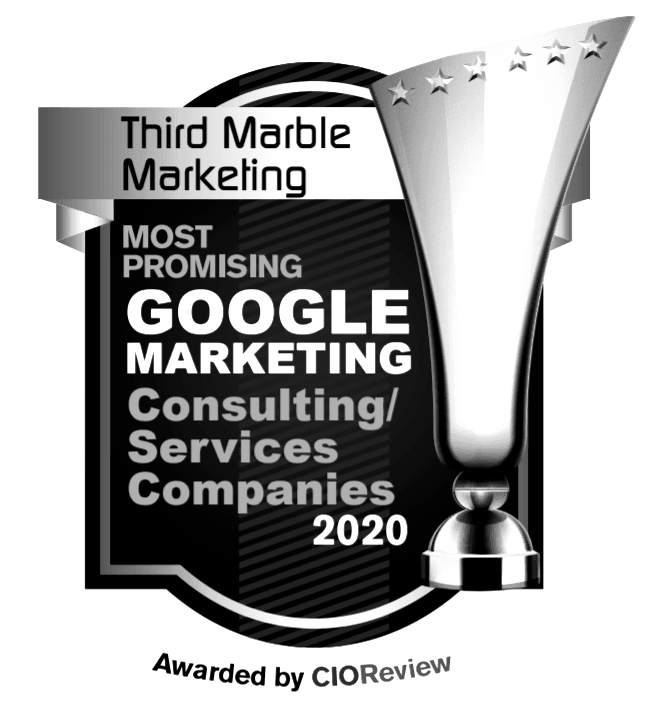SEO Entity Maps
What is an SEO Entity?

In the realm of search engine optimization (SEO), the concept of an "SEO entity" has emerged as a critical strategy for enhancing a website's visibility and credibility. An SEO entity essentially represents a cohesive unit of content centered on a specific topic or keyword phrase. This unit encompasses the website's main target page, along with its associated subpages, all interconnected to form a comprehensive and authoritative resource on the targeted subject.
The significance of SEO entities lies in their ability to establish a website's expertise and trustworthiness. By strategically interlinking high-authority external pages, such as well-established blog posts and reputable websites, with the content within an SEO entity, we effectively signal to search engines like Google that the website is a reliable source of information.
This approach aligns with Google's emphasis on E-E-A-T (experience, expertise, authoritativeness, and trustworthiness) as key factors in ranking websites. By demonstrating that a website is associated with reputable sources and offers in-depth knowledge on a particular topic, we increase its likelihood of achieving top positions in search results.
This approach aligns with Google's empahsis on E-E-A-T (experience, expertise, authoritativeness, and trustworthiness) as key factors in ranking websites. By demonstrating that a website is associated with reputable sources and offers in-depth knowledge on a particular topic, we increase its likelihood of achieving top positions in search results.
The Implementation of SEO Entities Involve Several Key Steps
- Identify Primary Target Pages: Determine the core pages that represent the main focus areas of the website. These pages will serve as the anchors for the respective SEO entities.
- Develop Relevant Subpages: Create subpages that expand upon the topics covered in the primary target pages, providing additional context and depth to the subject matter.
- Interlink Content: Establish internal links between the primary target page and its associated subpages, ensuring a seamless flow of information for users and search engines alike.
- Seek High-Authority External Links: Secure backlinks from reputable external websites, particularly those with high domain authority, to further enhance the credibility of the SEO entity.
- Optimize for Search Engines: Implement relevant keywords and search engine optimization techniques throughout the entity's content to improve its visibility in search results.
With SEO Entities, Websites Can Reap Numerous Benefits
- Improved search engine rankings
- Increased website traffic
- Enhanced brand reputation
- Strengthened authority and credibility
- Attraction of high-quality backlinks
All in all, SEO entities are an essential component of Third Marble Marketing’s SEO strategies, enabling our clients’ websites to stand out in the competitive digital landscape and achieve their search engine optimization goals.
Backlinking and Google's SpamBrain
In its quest to deliver the most relevant and valuable search results, Google utilizes a powerful tool called SpamBrain. This machine learning system acts as a vigilant watchdog, scanning websites for backlinks that violate Google’s SEO guidelines. Its primary target includes websites riddled with spam content and those attempting to manipulate the system for higher search rankings.
The consequences of triggering SpamBrain are severe. If your website is deemed to have excessive violations, it can be completely removed from Google’s index. This means your site vanishes from organic search results, effectively hiding it from potential visitors.
SpamBrain’s launch in 2018 marked a significant step towards a cleaner user search experience. By filtering out low-quality websites and spam, Google ensures users find the most relevant and trustworthy information.
What Does SpamBrain Look For?
SpamBrain employs a multi-pronged approach to identify websites that don't play by the rules. Some of the red flags that the AI system is designed to detect include the following:
- Unnatural Backlinks: SpamBrain analyzes the quality and characteristics of backlinks pointing to your website. It flags unnatural patterns like repetitive keyword stuffing in anchor text, nonsensical content on linked websites, and an excessive number of links with the same anchor text pointing to the same page.
- Link Source Quality and Sudden Influx of Links: The quality of websites linking to yours matters. A sudden surge of backlinks, especially from low-quality websites, raises suspicion.
- Link Network Analysis: SpamBrain doesn't just look at individual links, it analyzes the entire network of links pointing to your site. It identifies link farms (groups of websites exchanging links to inflate each other's rankings) and flags websites receiving a disproportionate number of links from the same hosting companies or servers.
- Paid-Link Detection: SpamBrain is adept at identifying signs of purchased backlinks. It looks for identical anchor text across numerous links, irrelevant anchor text compared to the content, and links originating from websites known to sell backlinks.















